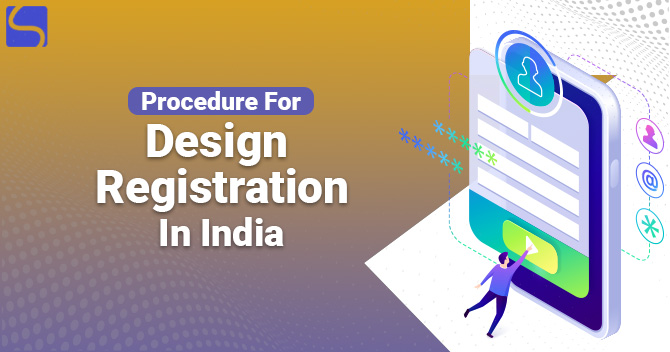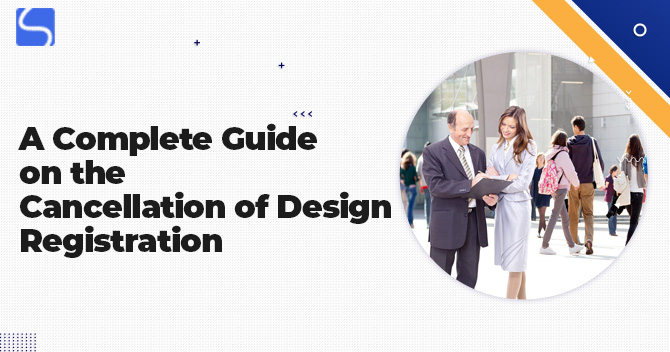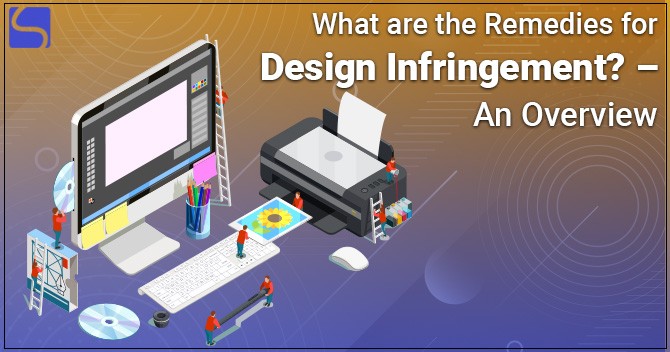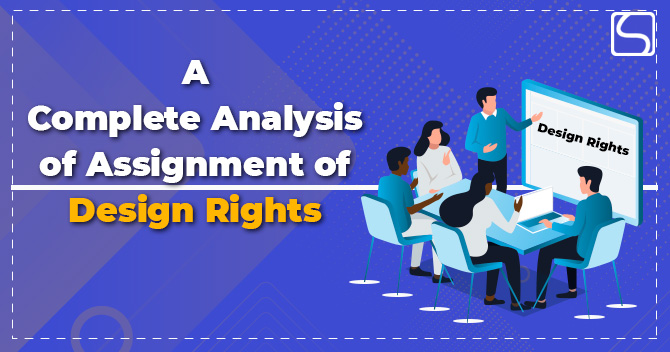Procedure For Design Registration In India

Siddharth Verma | Updated: Nov 02, 2021 | Category: Design
To safeguard Intellectual Property Rights, one should comply with the procedure for design registration in India as per the rules laid down under the Design Act, 2000 and Design Rules 2001, which manages the design registration in India. Design is one type of Intellectual Property Right which is said to be the “exclusive right” of the inventor. The design must be related to the features of shape, configuration, pattern, ornamentation composition of lines and colors applied or applicable to an article same defined under Section 2(d) of the Design Act 2000[1]. Scroll down to check the requirements & steps required for the procedure for Design Registration in India.
Given below eligibility criteria required for the registration of design:
- The finished product appeals to the eye and is appraised exclusively on that basis;
- Design must be new and original;
- Not previously published in any country and should be unknown to the general public in India;
- Should not comprise or contain discreditable or indecent matter;
- Is identifiable from known design or a combination of the known design in a significant way;
Table of Contents
Who can apply for the Registration of Design?
For the completion of the procedure for design registration in India, any natural person, legal representative, or assignee can apply for the registration of design individually or collectively. The term “person” encompasses a company, a partnership, a minor business, and a corporation. An application can also be submitted through an agent, in which case a power of attorney must be submitted.
Documents that are needed for the Procedure for Design Registration in India
Documents that are required to fulfil the procedure for Design Registration in India follows:
- A duly well-certified copy of the original/certified copies of the extracts from all disclaimers;
- All affidavits are required for the registration;
- Proper declarations;
- Any other public document can be made available on a payment of the fee;
- One should make sure to file the affidavit in paragraph form. It shall include a declaration of truth and verifiability. As per the 4th schedule, the controller regulates the costs involved in the registration process.
Application Procedure for Design Registration in India
Below are the steps for submission of the application in respect of the procedure for design registration in India:
Step 1: Application for registration of the design should be filled in on the prescribed form “Form-1” along with the prescribed fees.
Step 2-: Full name of the applicant, address and nationality of the applicant. Name of the article to which design is applied. The class and sub-class of the article under the Locarno Classification embody the design.
Step 3: The application for the registration of design should be signed either by the applicant or by his authorized agent, but For a small entity, Form 24 & documentary evidence thereof need to be submitted along with Form 1. The application shall be submitted in four copies, all alike on durable paper of size 210mm x 296.9 mm with a suitable margin of the article where drawings, photographs, tracings or other representations, including computer graphics, should clearly show the features of the design from different views.
Step 4: A declaration of novelty and disclaimer (if any) in respect of mechanical action, trademark, word, letter, numerals should be endorsed on each representation sheet which should be duly signed and dated.
Examination and Approval of the Application
Procedure for Design Registration in India commences when Each application for the registration of a design shall undergo the examination; however, acts and rules are amended from time to time. The design application shall be examined in the order in which the same application is filed under section-5 and section-44 of the design act 2000. During the examination of the application for the registration of the design, if any defect and objections are noticed in the aforesaid application, a communication shall be made to the applicant or his agent at the address of service in respect of the defect and objection. The time period of six months shall be given to the applicant for the removal of defects and objections from the application, which may be extended up to a further three months in case of a request made by the applicant by paying the prescribed fee before the expiration of the stipulated time period of six months.
Acceptance and notification
A design application is said to be accepted when all the defects and flaws have been rectified by the authority. It is then notified in the patent office journal, which is published every Friday.
Publication of registered design
The controller, after the registration of a design, shall publish the particulars of the design in the manner as prescribed & thereafter, the design shall be open to public inspection.
Refusal of the application of design
If the flaws specified by the controller are not corrected, the applicant will be given a hearing. The controller will decide whether or not to accept the application after hearing it. Further, the decision of the controller shall be communicated to the applicant or his agent, stating the reasons for the decision.
Appeal against the decision of the controller
The aggrieved person can appeal against the decision of the controller refusing to register a design to the High court within three months from the date of the decision of the controller.
Duration and Validity
The validity and duration of the design shall be of 10 years, and it can be further extended to the next five years.
Conclusion
Design is the exclusive right of the proprietor, and it shall be valid for 10 years and can be extended to a further 5 years. The proprietor should apply for the registration of the design before the statutory authority to get the legal enforceability over the rights; also, the design registration protects from infringement so that new and original designs should not be copied.
Read our article:https://swaritadvisors.com/blog/benefits-of-design-registration-in-india/














